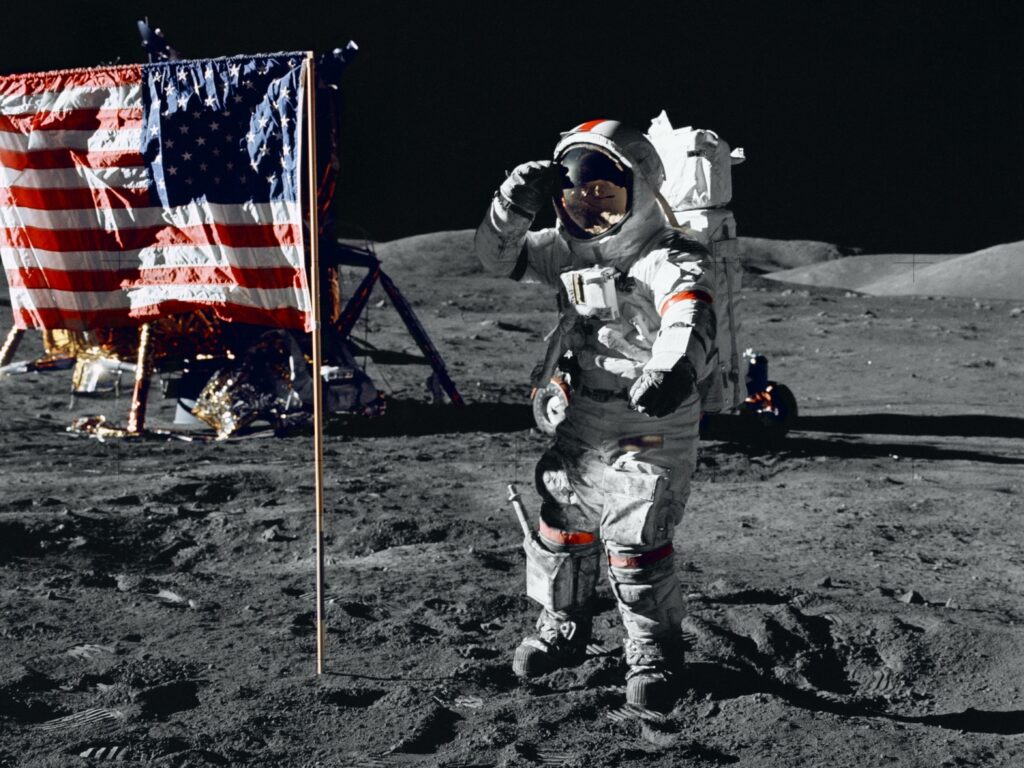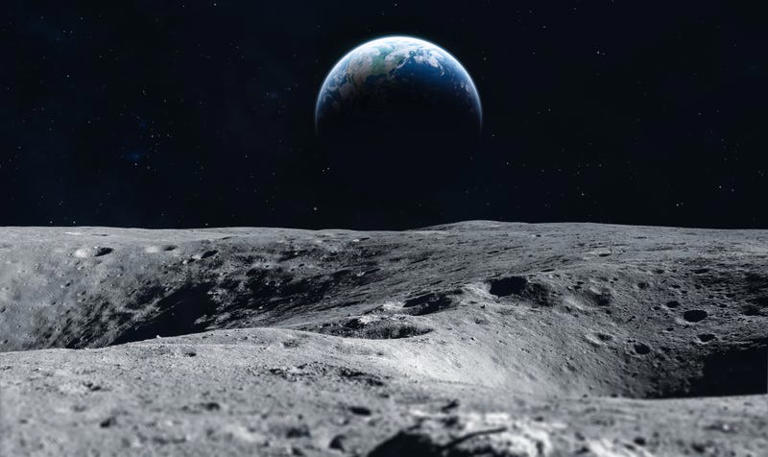On Tuesday, the White House made an announcement directing NASA to develop a standardized time system for the Moon and other space territories, as the race for space exploration heats up among nations and private entities.
The directive from the White House Office of Science and Technology Policy (OSTP) to the American space agency aims to establish a uniform time convention named Coordinated Lunar Time by the end of 2026, amidst growing space missions to the Moon, Mars, and further.
“As NASA, private companies, and space agencies around the world launch missions to the Moon, Mars, and beyond, it’s important that we establish celestial time standards for safety and accuracy,” stated OSTP Deputy Director for National Security Steve Welby.

Welby highlighted the variation of time perception in space, citing the example of time seeming to slow down in areas of stronger gravity, such as near large space bodies.
“A consistent definition of time among operators in space is critical to successful space situational awareness capabilities, navigation, and communications,” Welby emphasized.
The objective, according to the White House, is to align Coordinated Lunar Time (LCT) with Coordinated Universal Time (UTC), which is the current global standard for regulating Earth’s time.
NASA has been instructed to collaborate with the Departments of Commerce, Defense, State, and Transportation to devise a time standard plan that would enhance operations for missions, especially within the cislunar space – the area between Earth and the Moon.

The criteria for the new time standard include traceability back to UTC, the accuracy needed for precise navigation and scientific endeavours, robustness against communication loss with Earth, and the ability to be extended to other space territories beyond the Cislunar region. While the memorandum provided limited details on how a lunar time system would be technically realized, OSTP proposed that it might include practices from Earth’s current system.
“Just as Terrestrial Time is set through an ensemble of atomic clocks on Earth, an ensemble of clocks on the Moon might set Lunar Time,” the OSTP suggested.
The United States has its sights set on making a lunar return in 2026, marking the first manned Moon mission since Apollo 17 in 1972.







